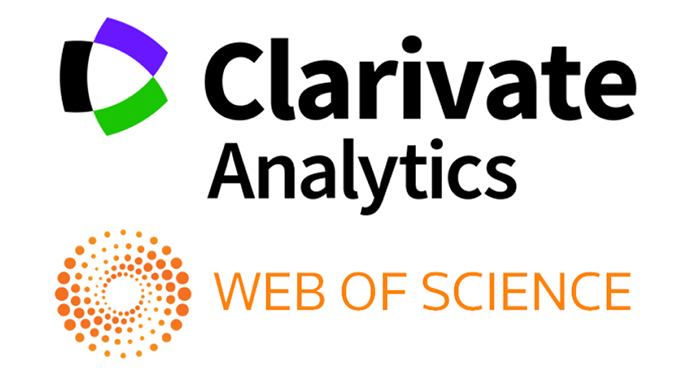TEACHERS’ TECHNIQUES FOR CREATING ELECTRONIC LEARNING AND INTERNET RESOURCES
Abstract
In this article, teachers' methods of e-learning and Internet resources formation are studied. The use of electronic educational tools is of great importance in the modern education system and makes the educational process more effective and interesting. In the article, teachers' methods of creating electronic resources and their effective use are considered. The results of the research include recommendations aimed at improving the professional qualifications of teachers and encouraging their use of innovative educational methods.
References
2. Bates A. W. (Tony) (2015). *Teaching in a Digital Age: Guidelines for Designing Teaching and Learning*. BCcampus Open Textbook Project.
3. Shank P. (2007). *The Online Learning Idea Book: 95 Proven Ways to Enhance Technology-Based and Blended Learning*. Pfeiffer.
4. Bernard R. M., Abrami, P. C., Lou, Y., Borokhovski, E., Wade, C. A., Wozney, L., Wallet, P. A., Fiset, M., & Huang, B. (2004). The effectiveness of online learning: Beyond no significant difference and future horizons. *Educational Researcher, 33*(8), 26-32.
5. Garrison D. R., & Kanuka, H. (2004). Blended learning: Uncovering its transformative potential in higher education. *The Internet and Higher Education, 7*(2), 95-105.
6. Niemiec R. P., Sikorski, J. F., & Walberg, H. J. (1996). Learner control in computer-based learning environments: A meta-analysis. *Journal of Educational Computing Research, 15*(2), 157-174.
7. Bishop, J. L., & Verleger, M. A. (2013). A Review of Flipped Classroom Research, Practice, and Technologies. *ASEE National Conference Proceedings*.
Copyright (c) 2024 News of the NUUz

This work is licensed under a Creative Commons Attribution-NonCommercial-ShareAlike 4.0 International License.


.jpg)

1.png)







